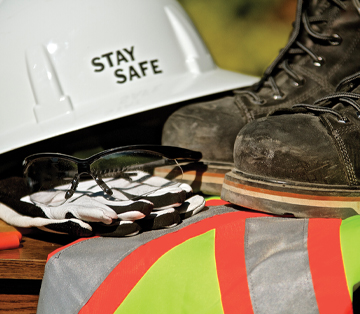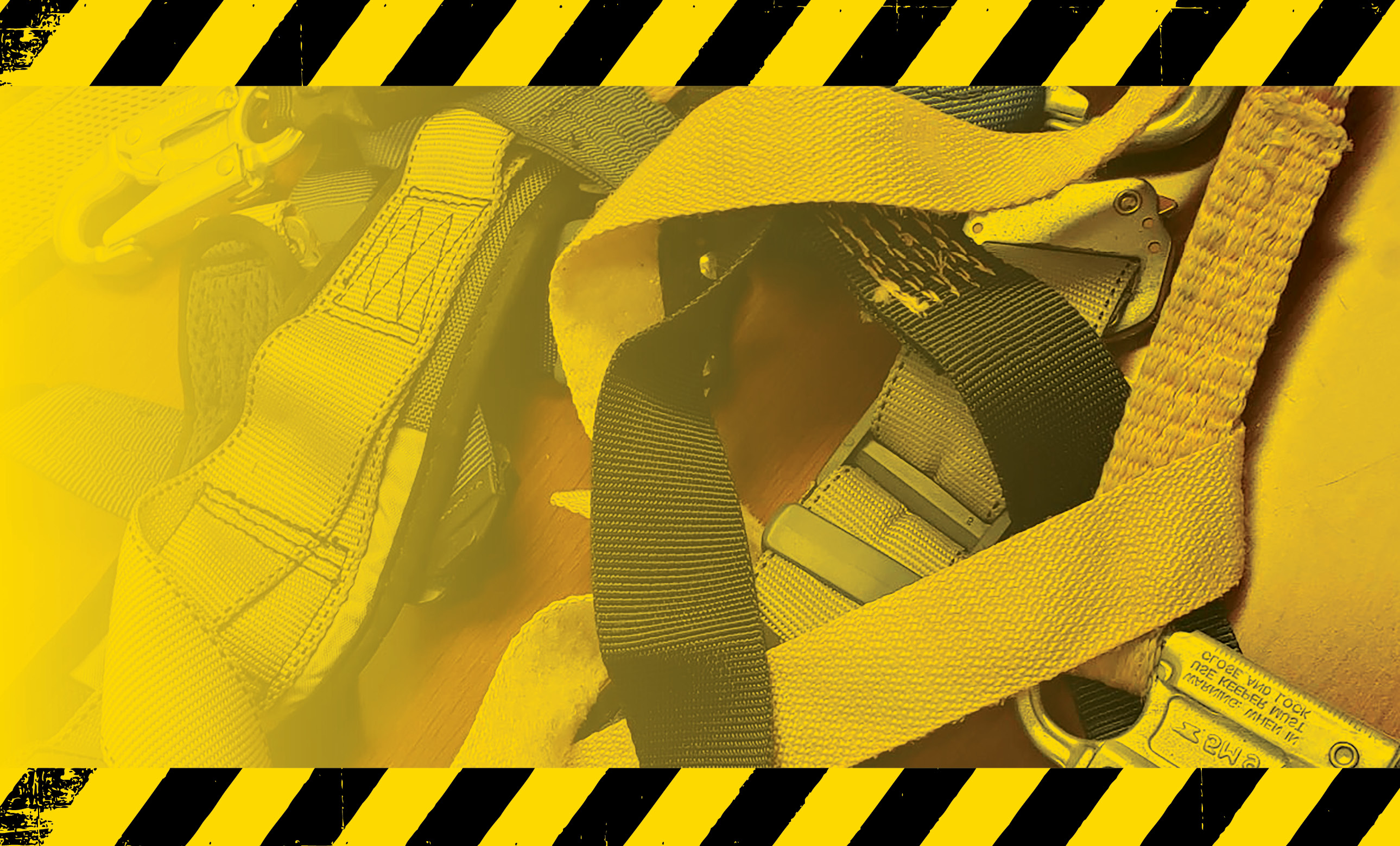
Safety and risk management always have been fundamental to the roofing industry. Some health and safety issues are newer or getting more regulatory attention than they had previously while others are longstanding, well-known and persistent.
For example, this past summer, heat, heat stress, heat illness and safe heat practices were discussed more than probably the prior 10 summers combined. The Occupational Safety and Health Administration issued a heat hazard alert and announced it will increase inspections and enforcement in areas where workers are exposed, and Sen. Alex Padilla (D-Calif.) has proposed national legislation regarding heat standards.
The dead of winter may seem an odd time to talk about heat, but I would argue it’s a great time to prepare for the upcoming year. Because past is prologue, we should expect hot days and weeks this coming summer with more worker risk and added government scrutiny. And though the likelihood of congressional action addressing heat-related issues is slim, the political pressure on OSHA is mounting and will continue to increase.
Keeping them cool
The science around how humans react to external temperatures is remarkable. The human body can self-regulate to maintain a consistent temperature despite the external environment—but that capability has limits. Depending on the scientist, the temperature at which a person starts losing the ability to sufficiently regulate body temperature is between 87 F and 95 F at 100% humidity or 115 F at 50% humidity for a long period.
Regardless, heat illness is serious, can occur at colder temperatures depending on age or health, and the roofing industry must continue to take it seriously.
I have visited contractors located in hot climates who have in-house, industrial-scale icemakers, chillers and fans. Around midsummer, the stories start emerging of crews starting work in the middle of the night to avoid the heat. Contractors say experienced workers know how to manage rising temperatures but new hires or those who relocate from a different climate struggle because they’re not used to the water intake, rest and pacing required to work safely. As with any other safety issue, it’s far more often a new person is at risk vs. seasoned professionals.
A perennial issue
Heat-related issues may have gotten meaningful attention this past year, but fall prevention remains an ongoing concern. Earlier this year, OSHA announced a national emphasis program to prevent falls in construction. As you undoubtedly know, falls are the leading cause of workplace fatalities in construction, and OSHA’s fall-protection standard is the most-cited standard in the construction industry.
The citation statistics are significant. Following are the 10 workplace safety standards that received the most citations in 2022. Notice how many are within the roofing industry’s daily realm.
- Fall Protection–General Requirements (1926.501): 5,260 violations
- Hazard Communication (1910.1200): 2,424 violations
- Respiratory Protection (1910.134): 2,185 violations
- Ladders (1926.1053): 2,143 violations
- Scaffolding (1926.451): 2,058 violations
- Lockout/Tagout (1910.147): 1,977 violations
- Powered Industrial Trucks (1910.178): 1,749 violations
- Fall Protection–Training Requirements (1926.503): 1,556 violations
- Personal Protective and Lifesaving Equipment–Eye and Face Protection (1926.102): 1,401 violations
- Machine Guarding (1910.212): 1,370 violations
The Department of Labor reports there were 5,190 workplace fatalities in 2021, and 680 of those stemmed from falls from heights. That works out to about 13% of the nation’s workplace deaths. According to the Bureau of Labor Statistics, in 2021, nearly one in five workplace deaths occurred in the construction industry.
And just over one-third of construction deaths were caused by falls, slips and trips. Of these, almost all were from falls to a lower level. The construction industry accounted for 46.2% of all fatal falls, slips and trips in 2021. That same year, in the overall economy, there were 3.6 fatalities per 100,000 workers, but in the roofing industry there were 59 deaths per 100,000. That’s more than 16 times the national average and more than a 25% increase from the year prior when the average was 47 roofing fatalities per 100,000 workers.
Good news
Despite the struggles, there are some bright spots.
I was fortunate to visit NRCA member Global Roofing Group, Phoenix, and learned about OSHA’s Voluntary Protection Program, which recognizes employers that have implemented effective safety and health management systems and maintained injury and illness rates below national averages for their industries.
As part of the program, management, labor and OSHA work cooperatively and proactively to prevent injuries through a system focused on hazard prevention and control, worksite analysis, training, management commitment and worker involvement.
To participate, employers must apply and undergo an extensive evaluation by a team of safety and health professionals that can take up to three years. Once accepted, participants are re-evaluated semi-annually. Participants are exempt from OSHA programmed inspections while they maintain their VPP status.
The program is incredibly rigorous and being accepted is a huge achievement. As far as I can tell, OSHA lists only one roofing company in the nation with VPP status, Global Roofing Group.
This leaves me to close with the following:
- If your roofing company has earned VPP status, please let me know so we can recognize you for your dedication to safety.
- Consider applying for VPP status or at least determine whether you are or can hit the VPP metrics and criteria without doing the paperwork. I’ve heard contractors say: “This building is built to LEED gold standards; the owner just didn’t pay the fees to get the plaque.”
- Please examine your safety culture, policies and practices because every worker deserves to come home to his or her family each night. To learn more about developing a safety-conscious culture, see “Can’t be too careful.”
MCKAY DANIELS is NRCA’s CEO.
mdaniels@nrca.net



